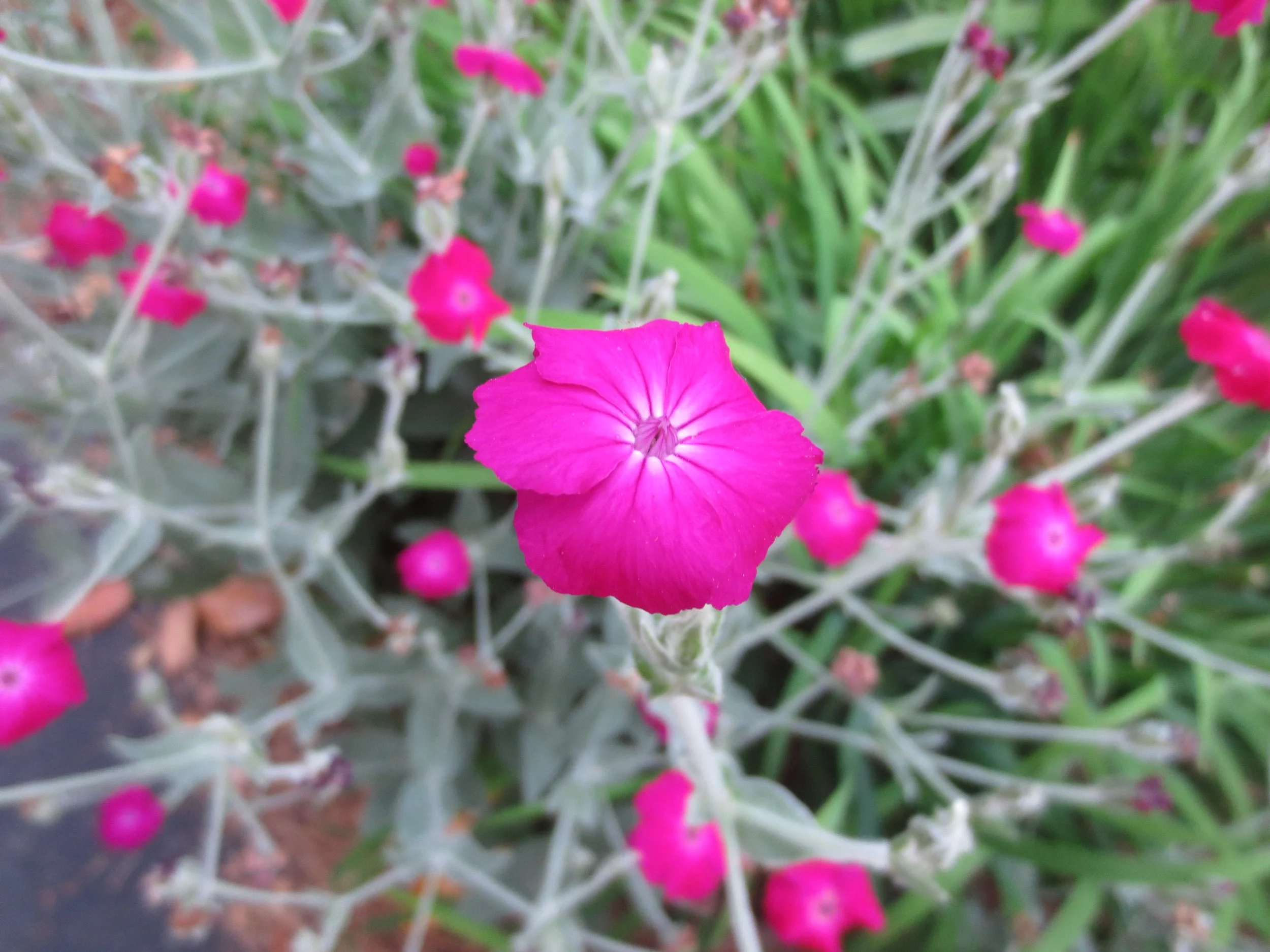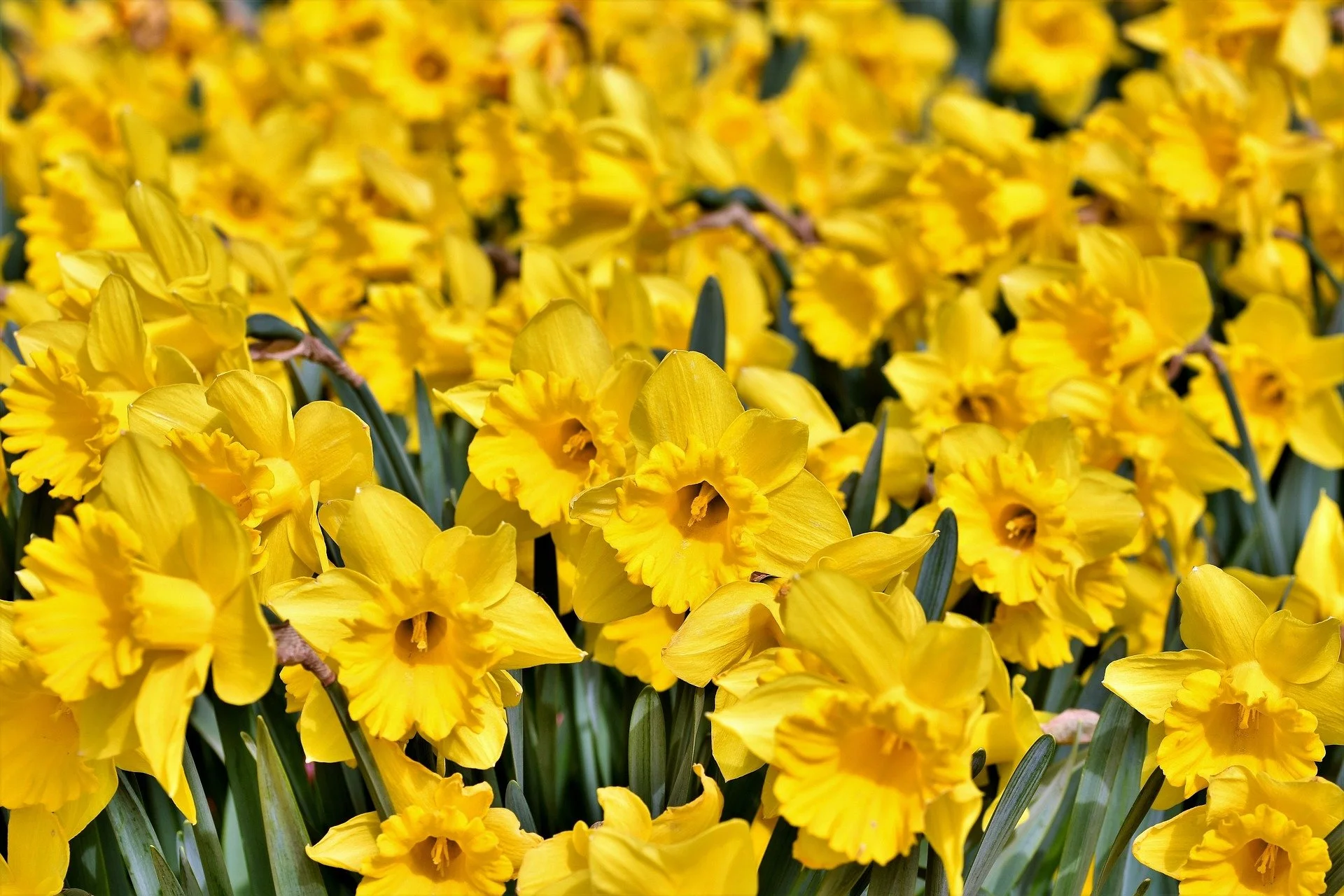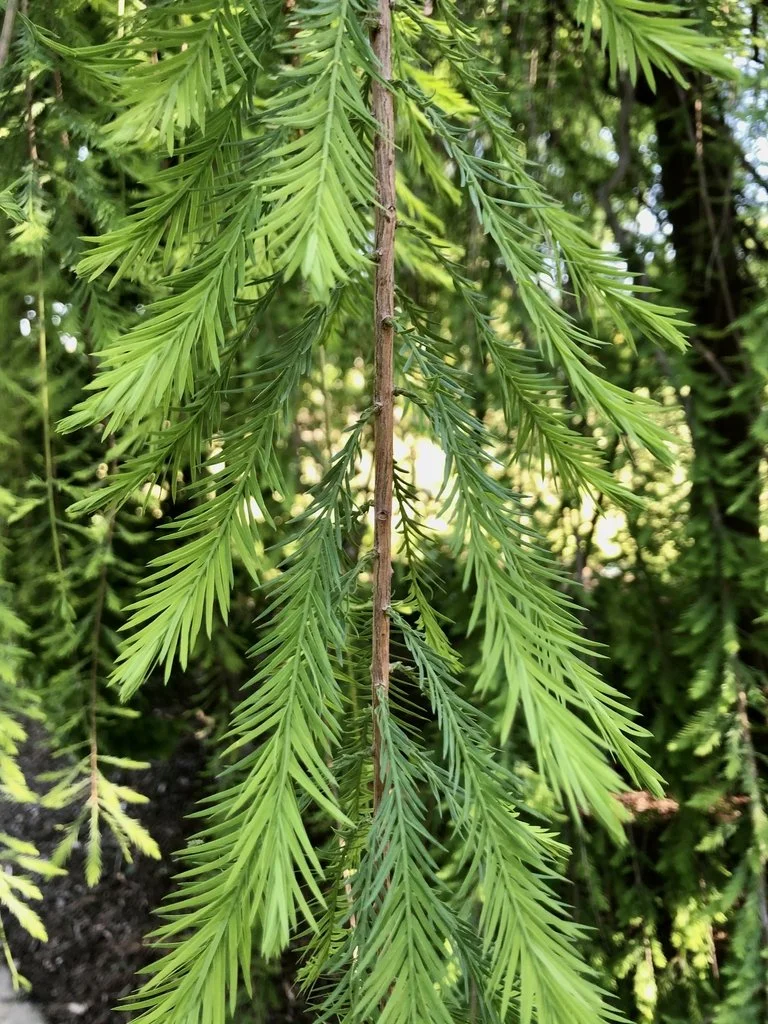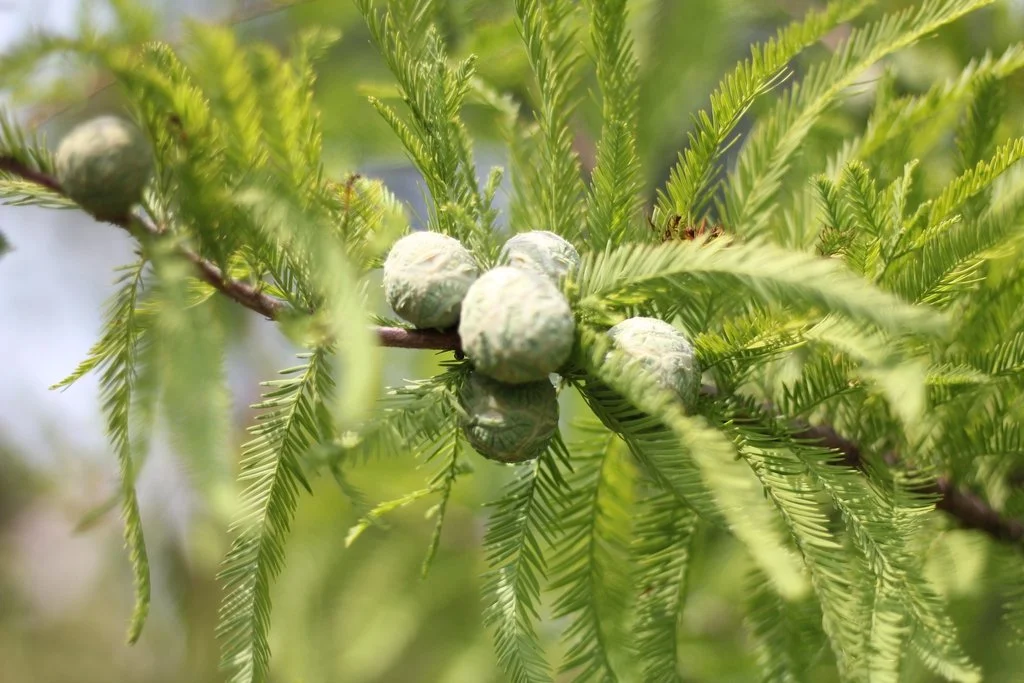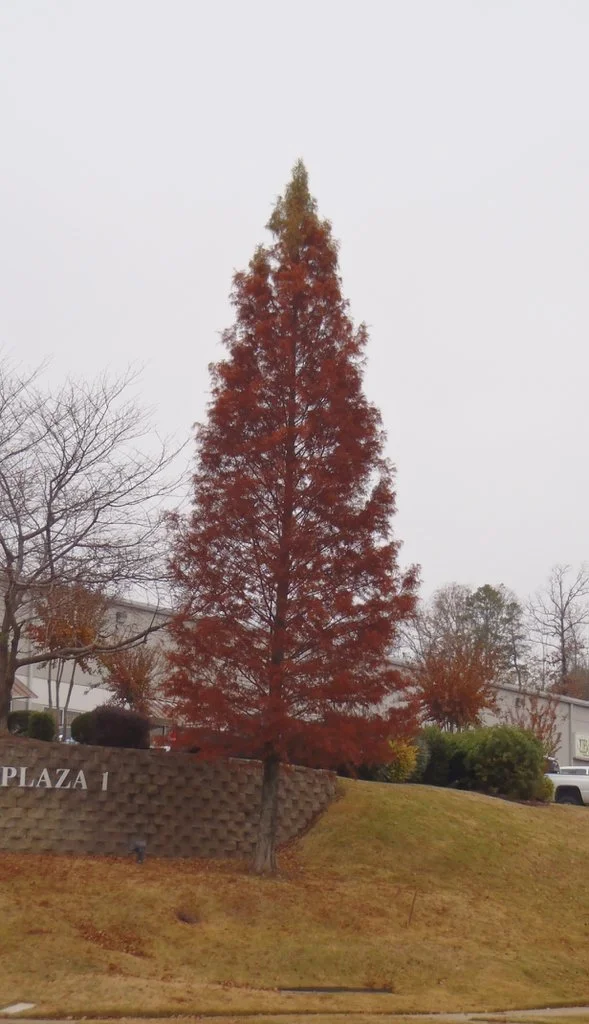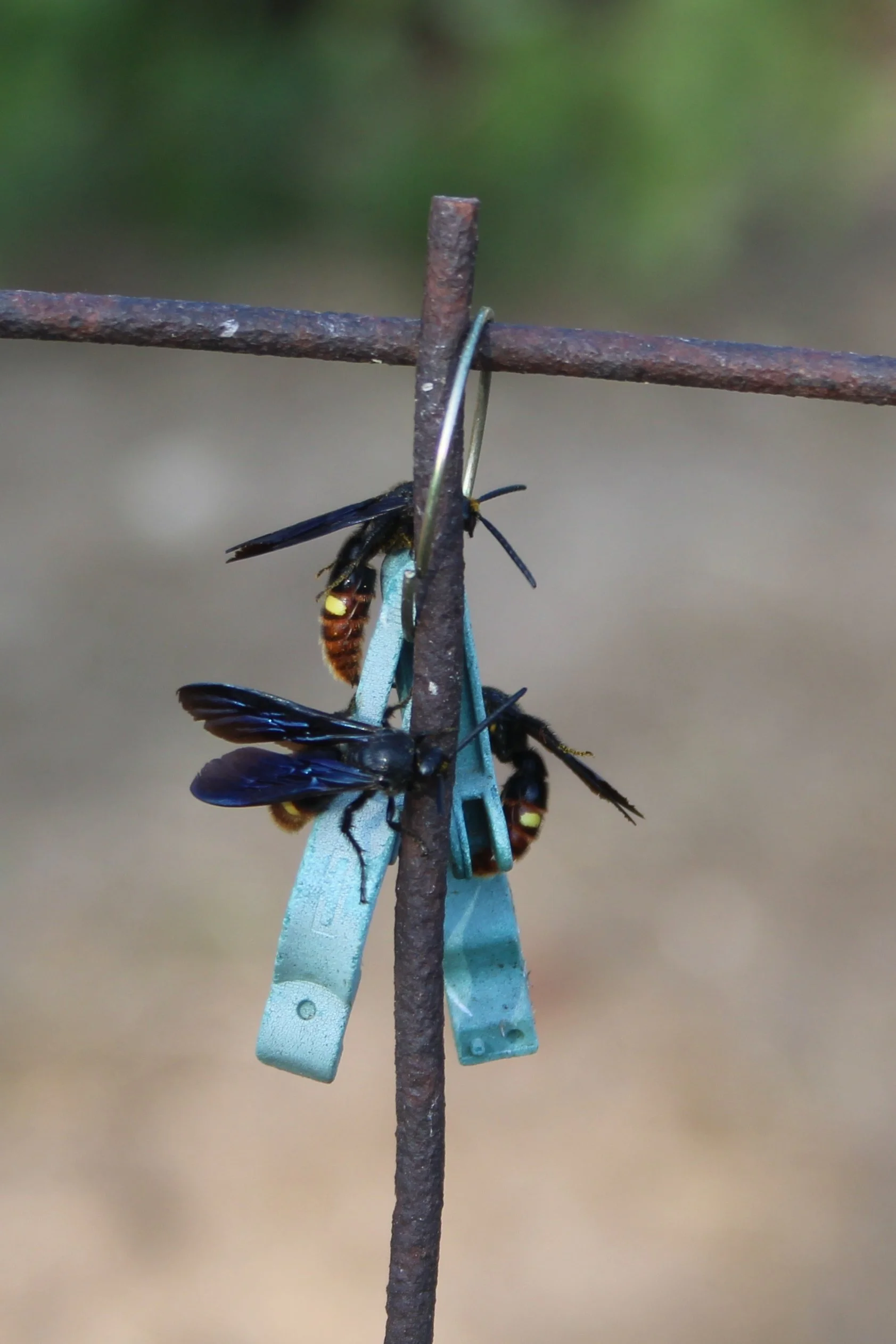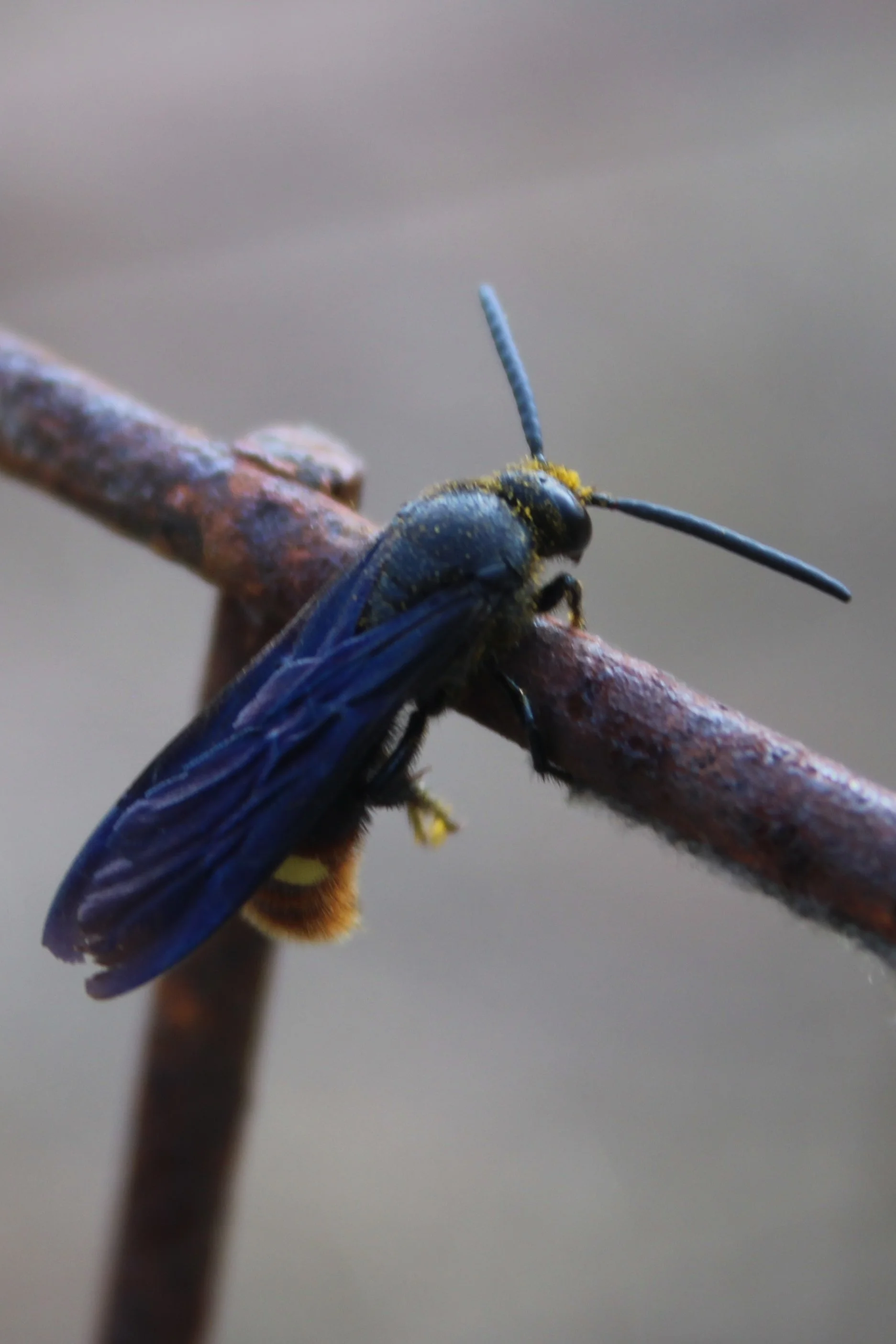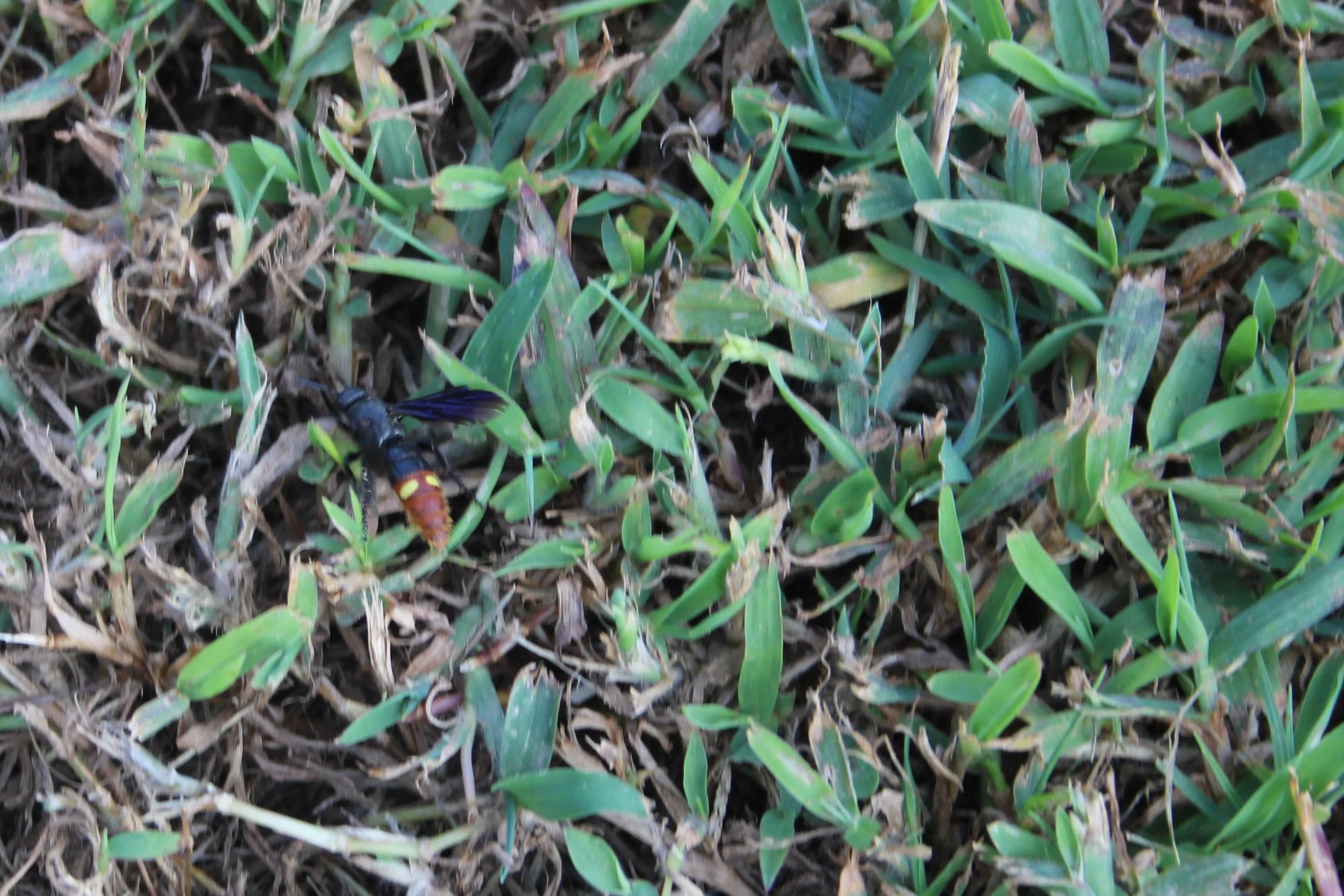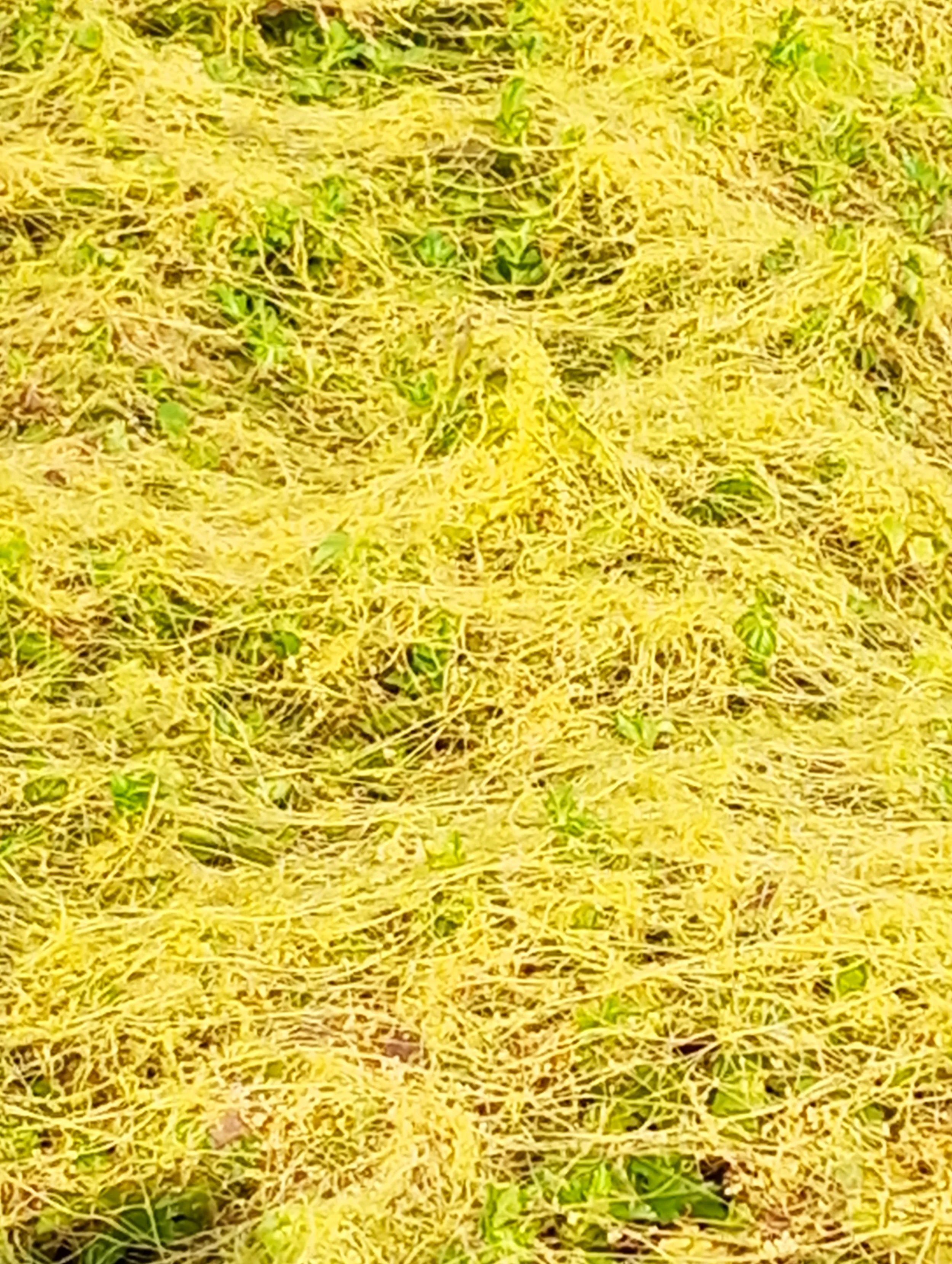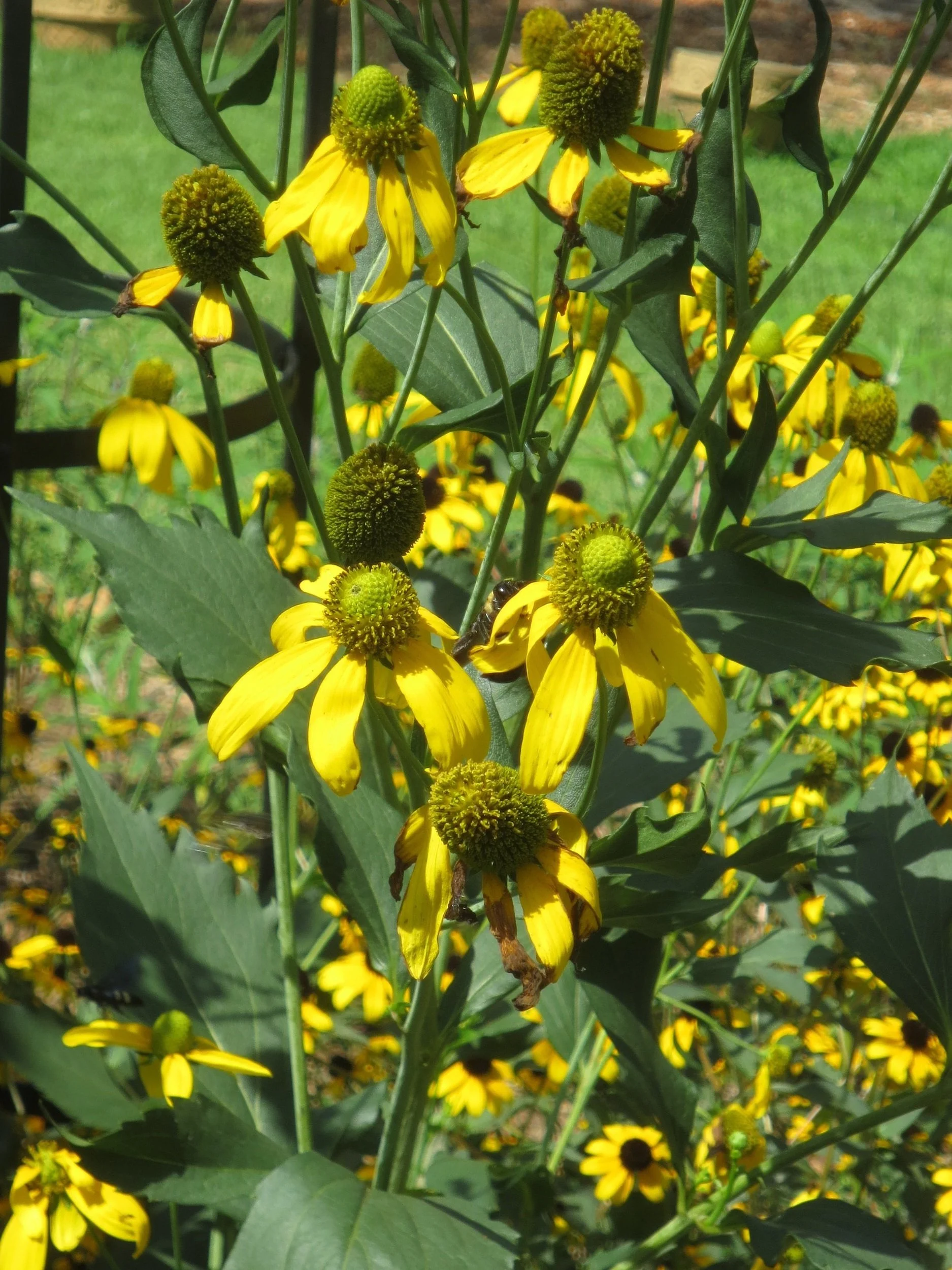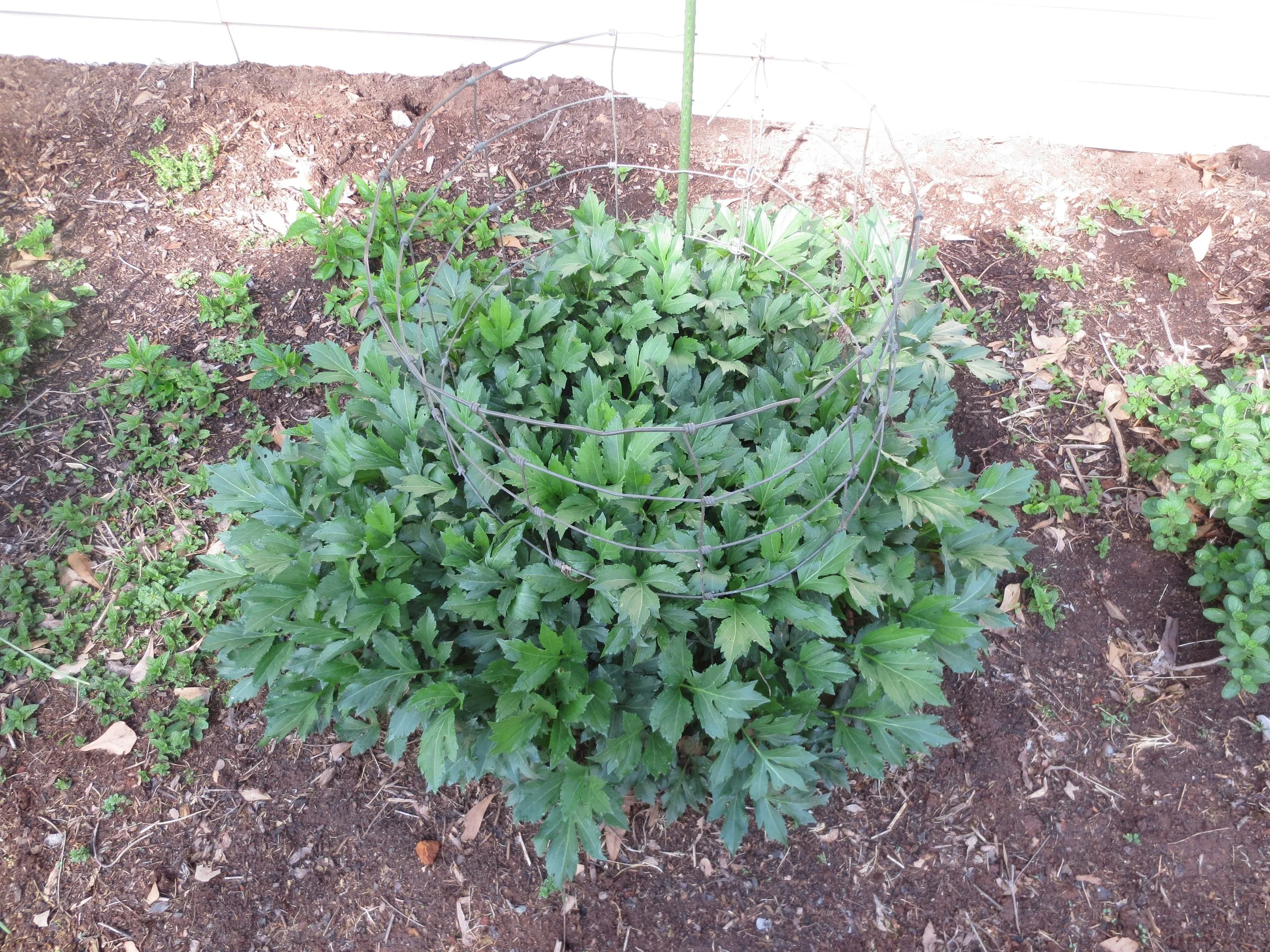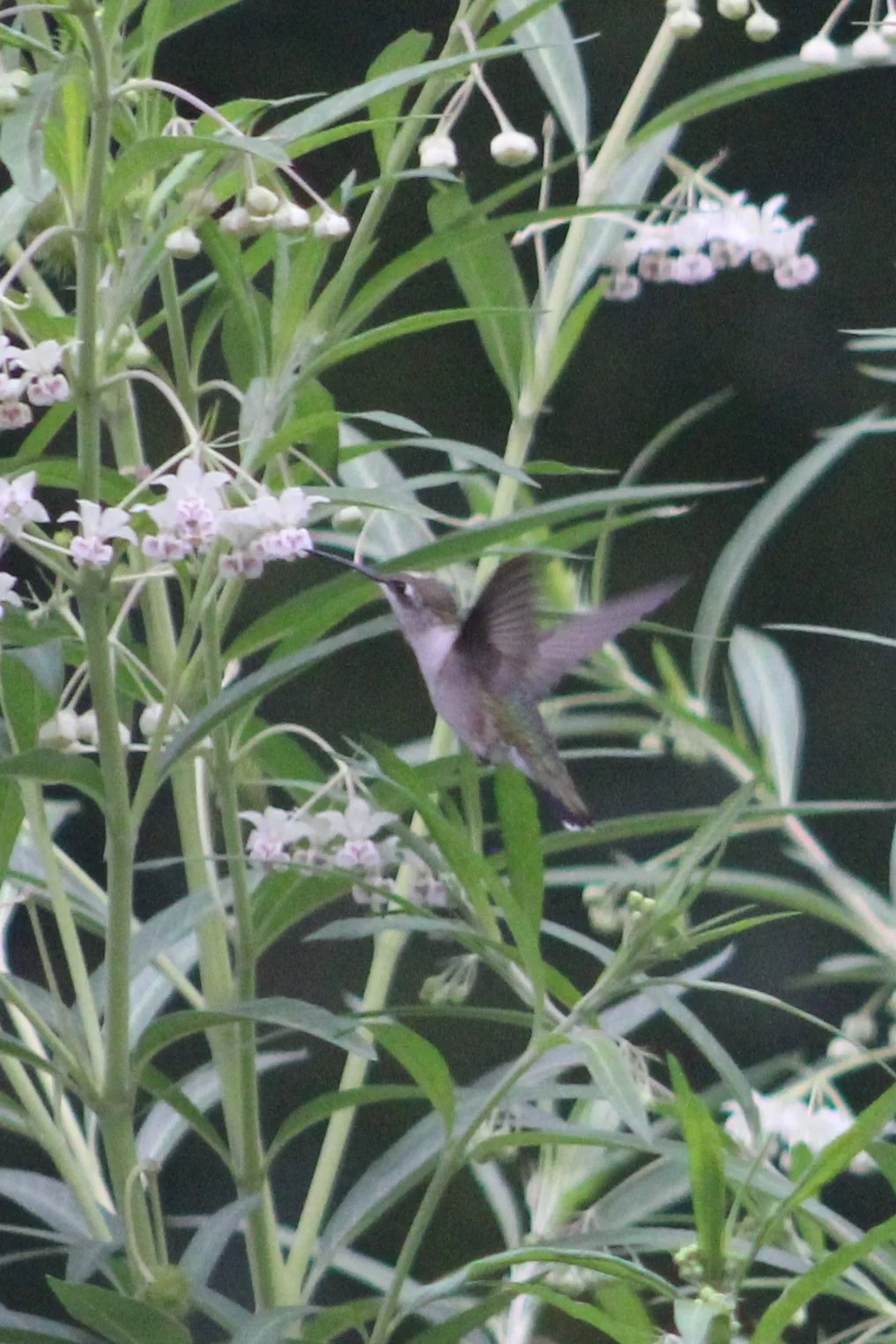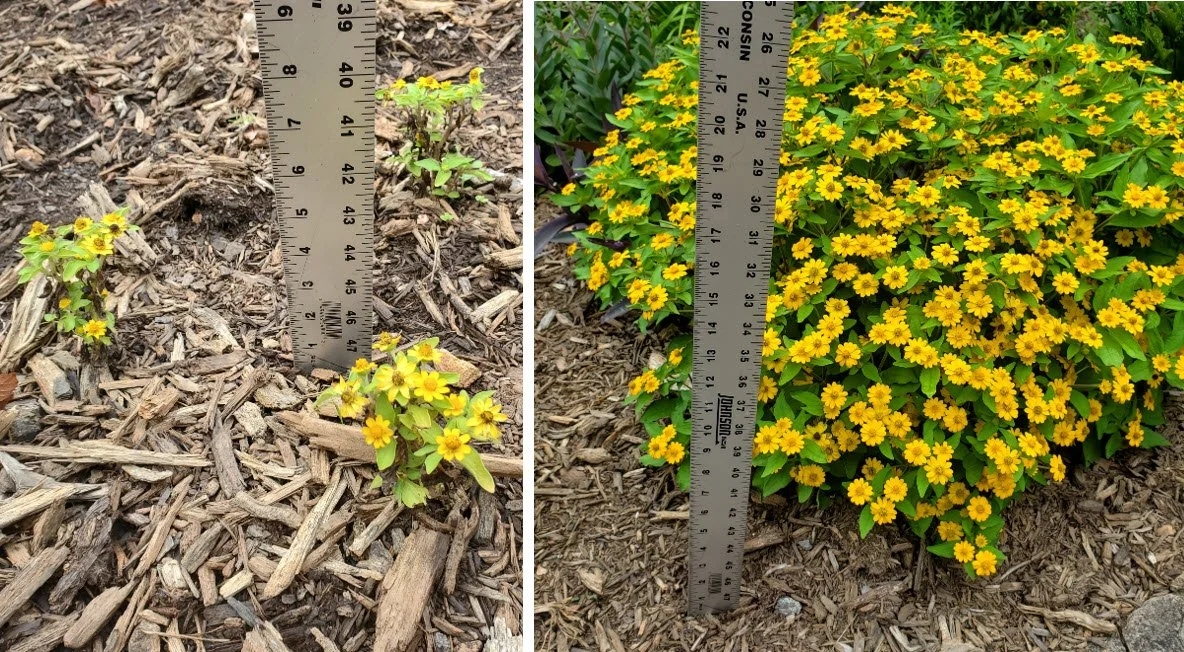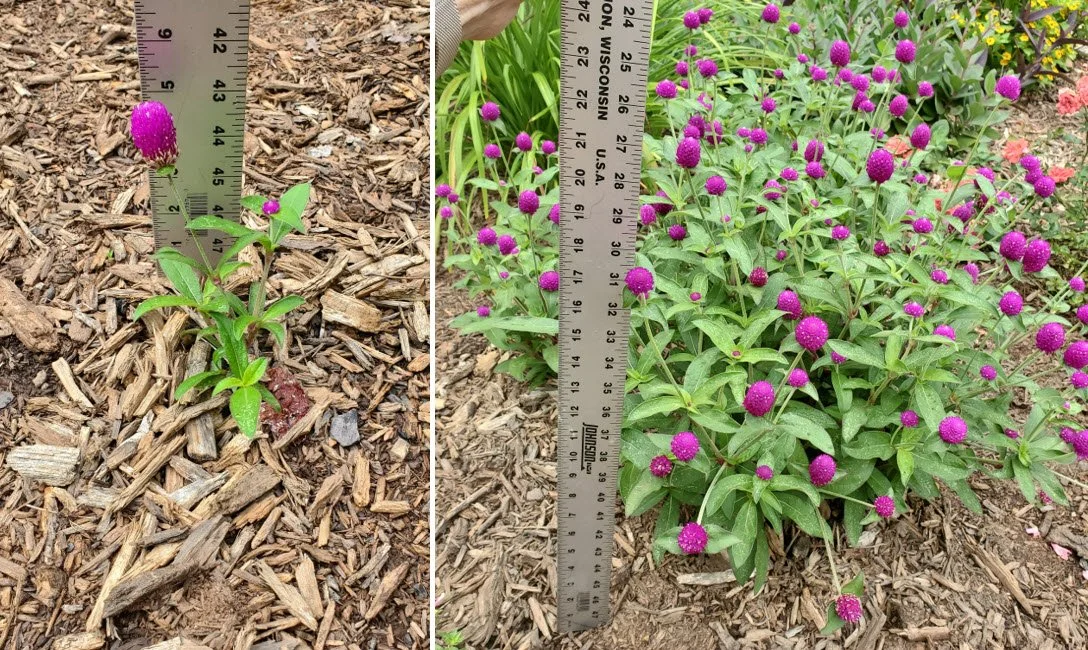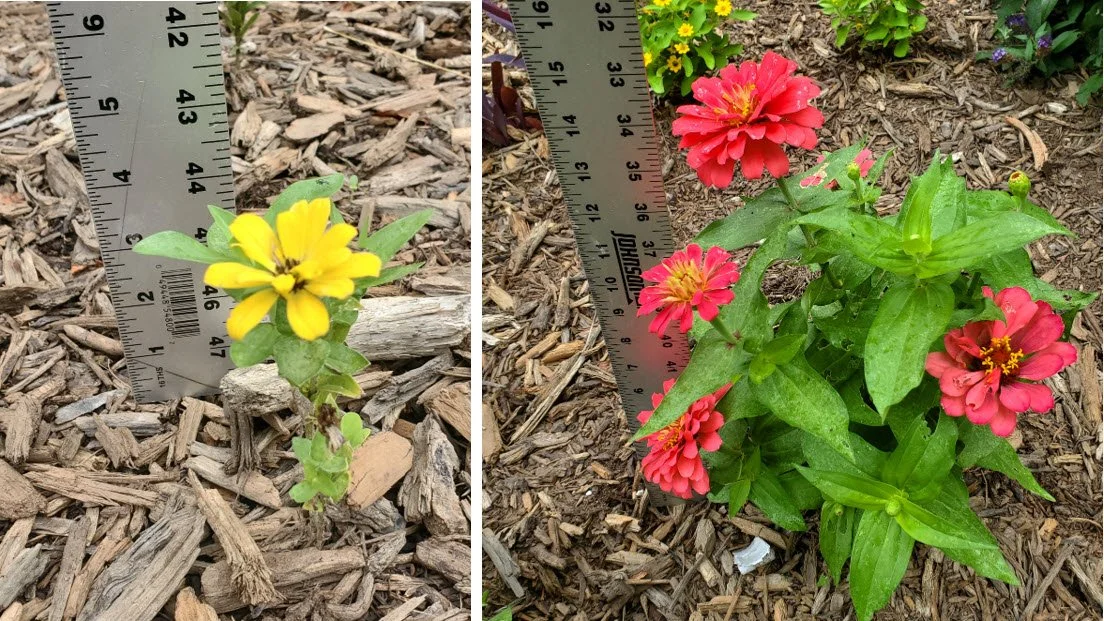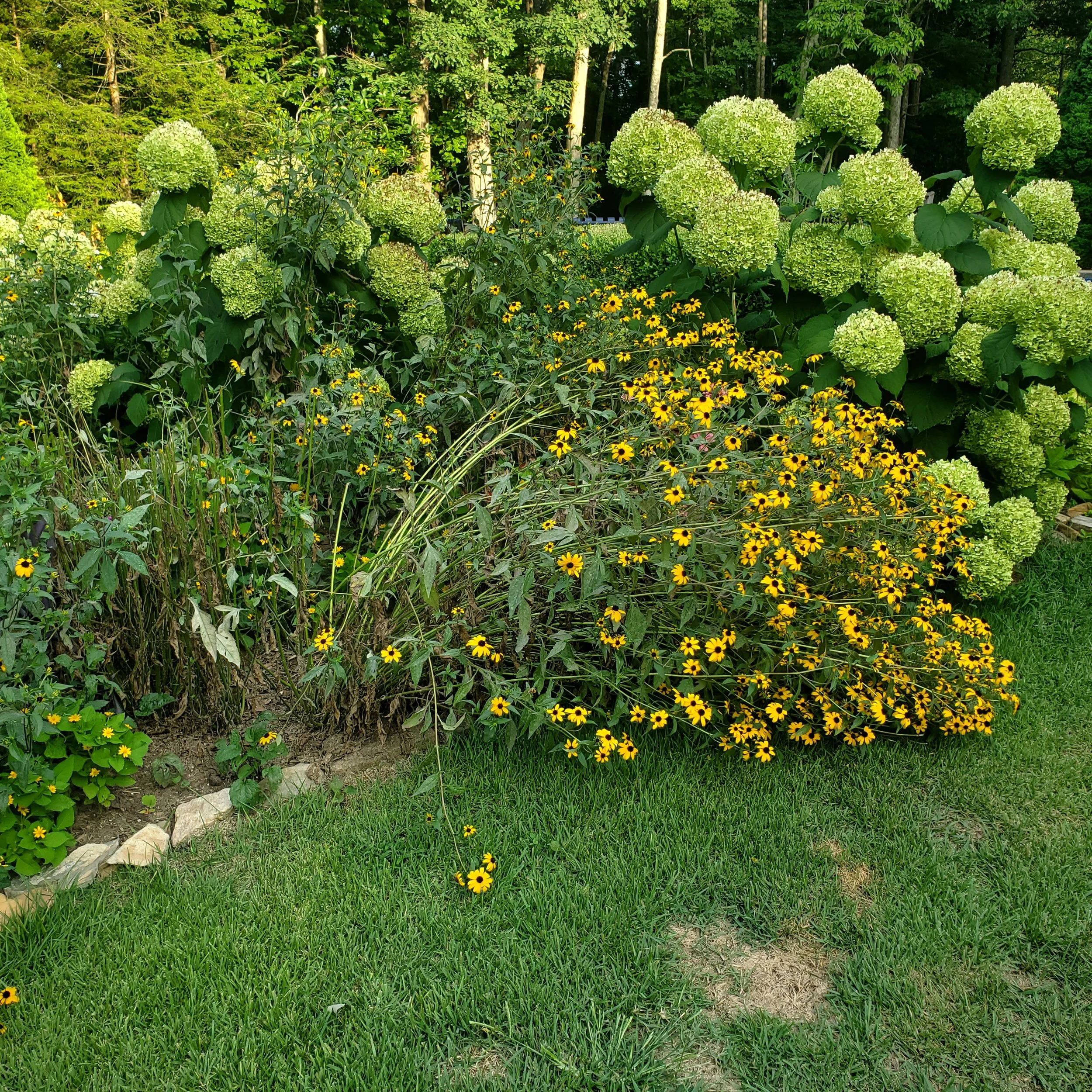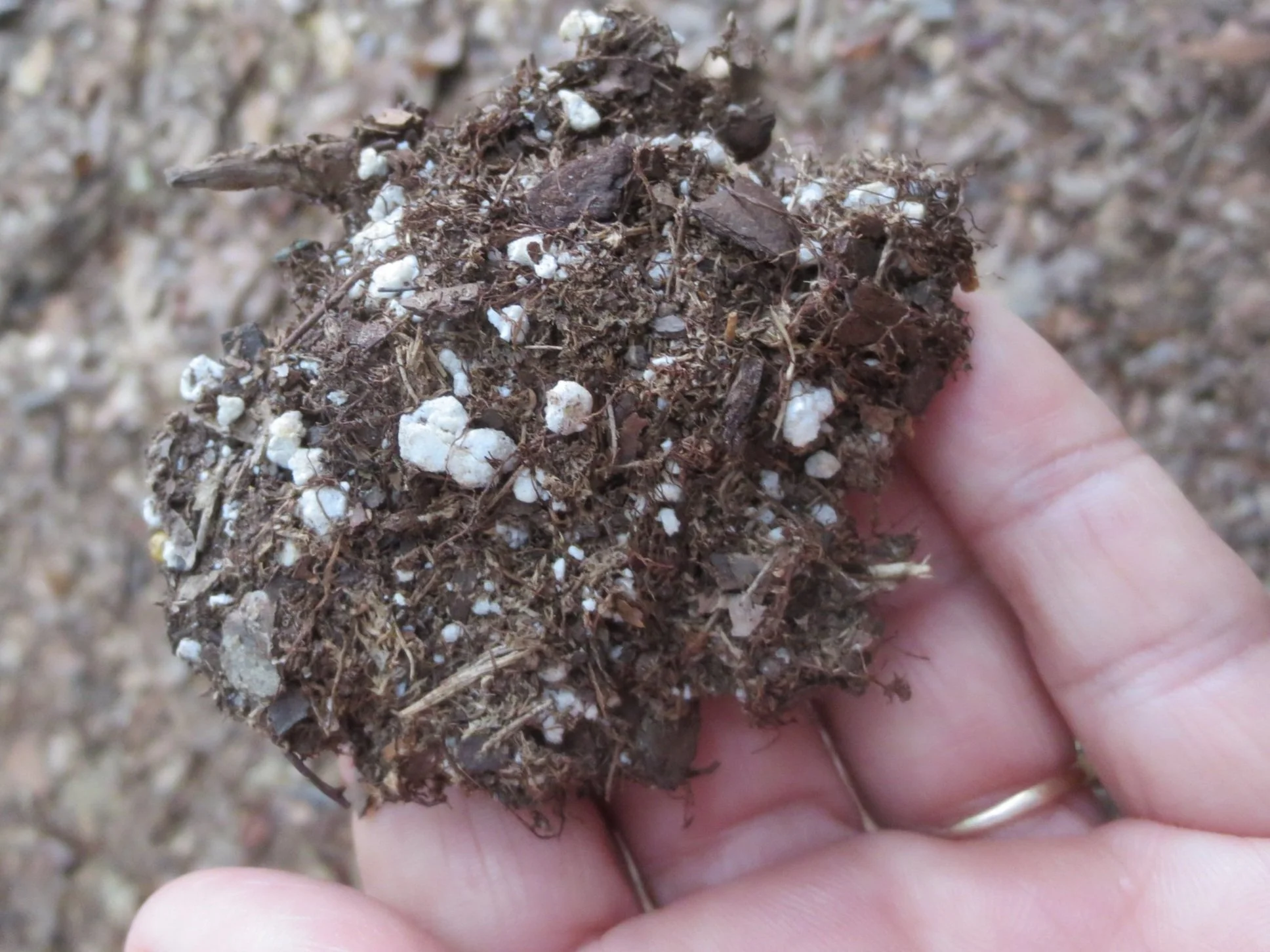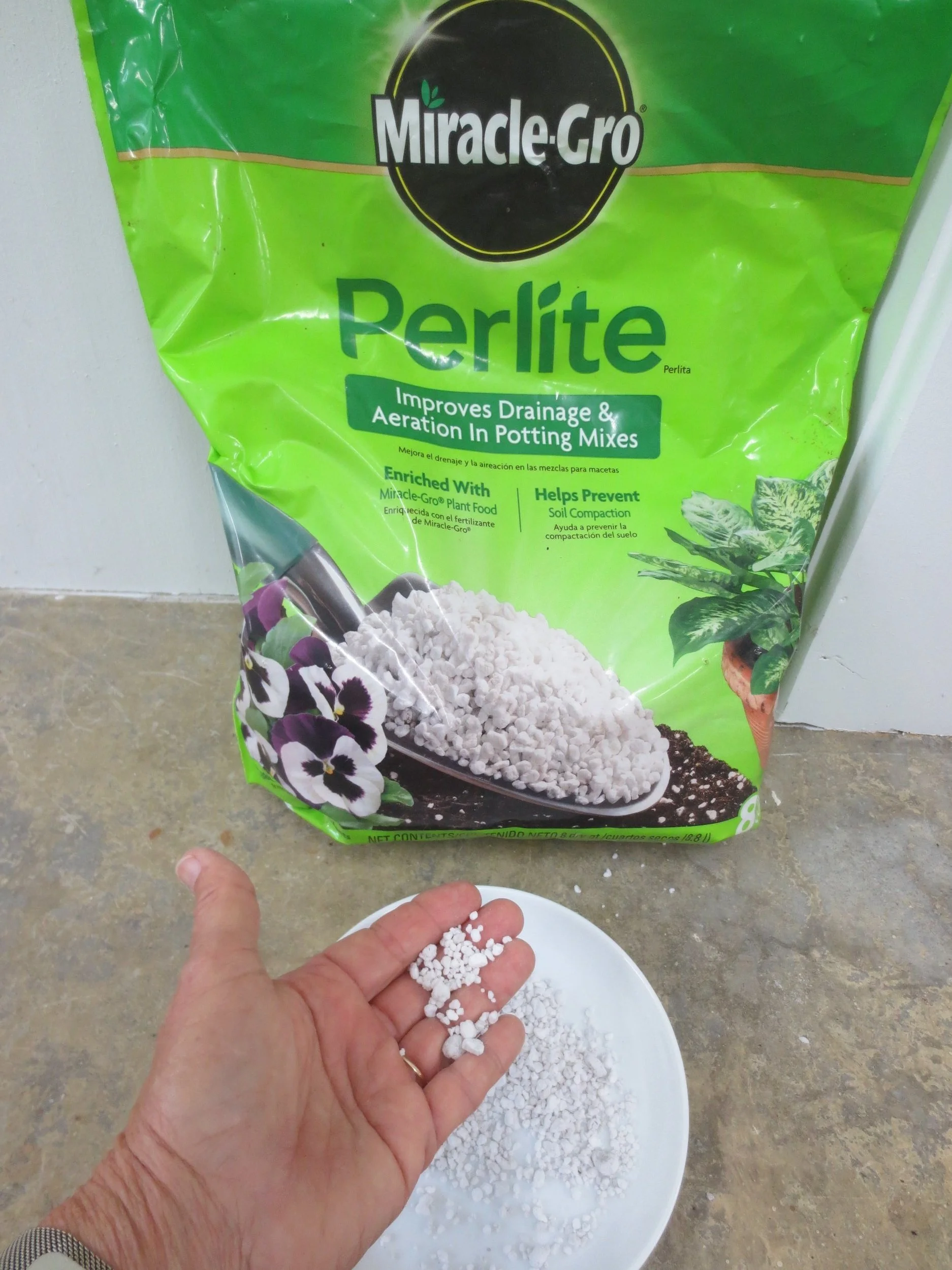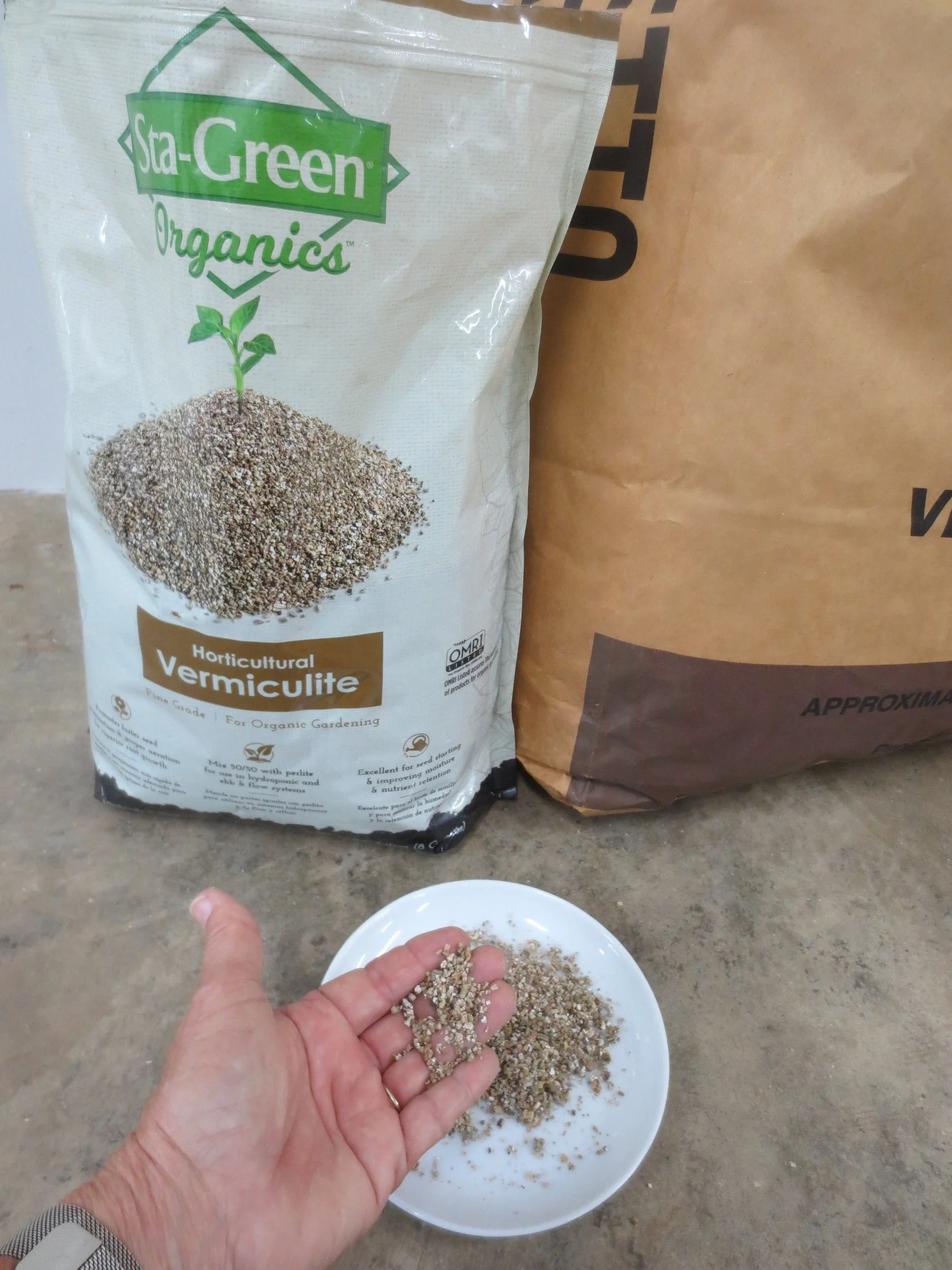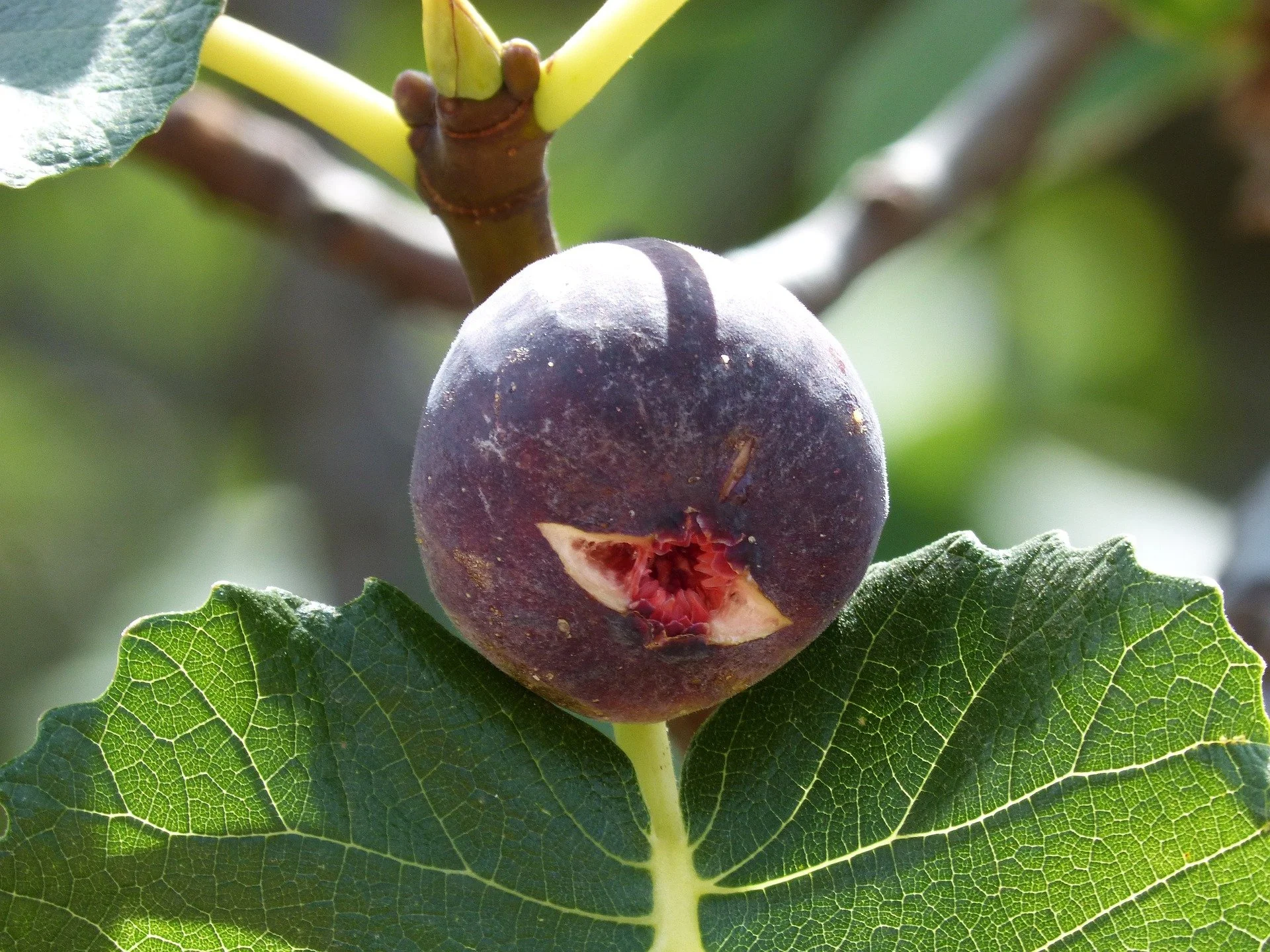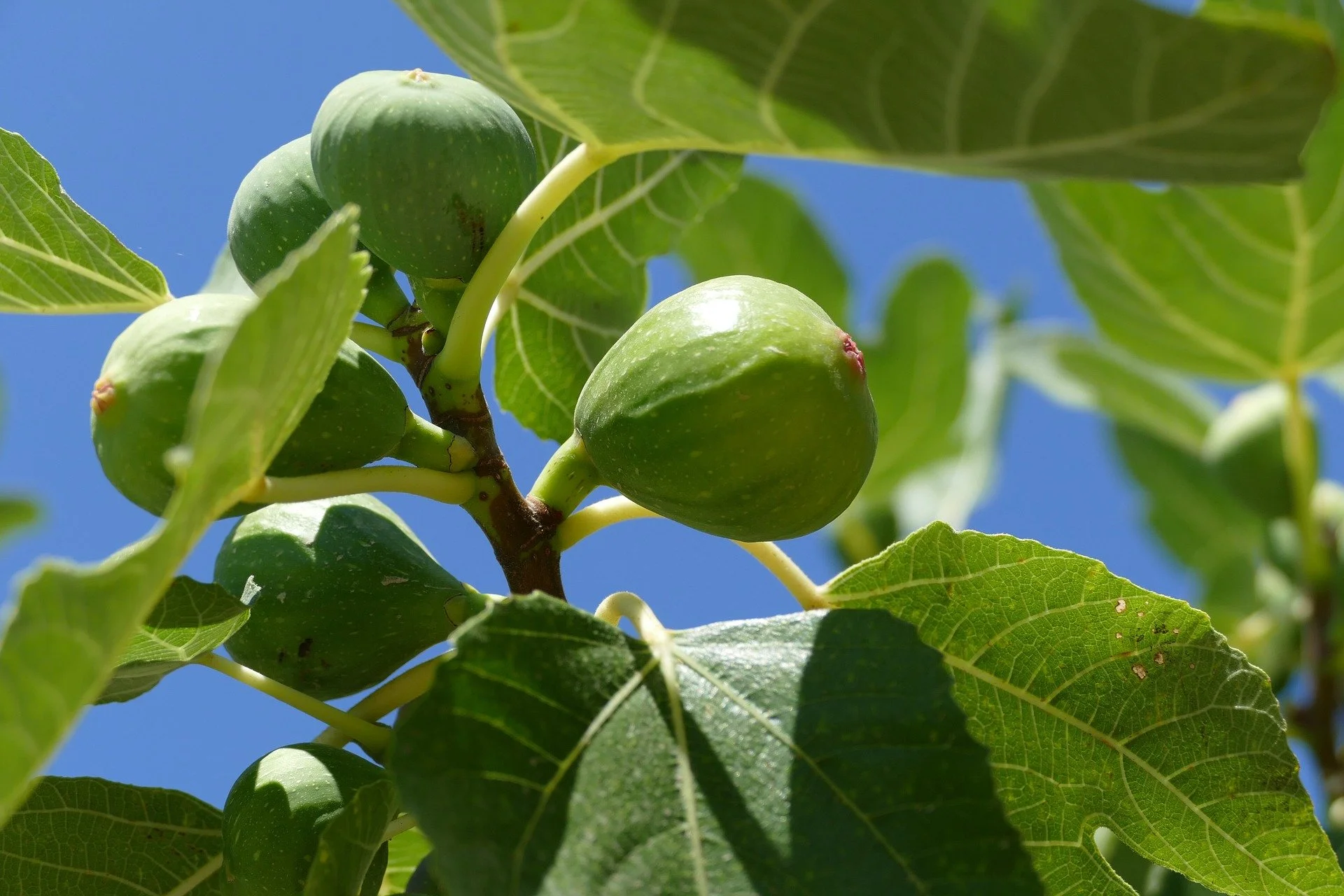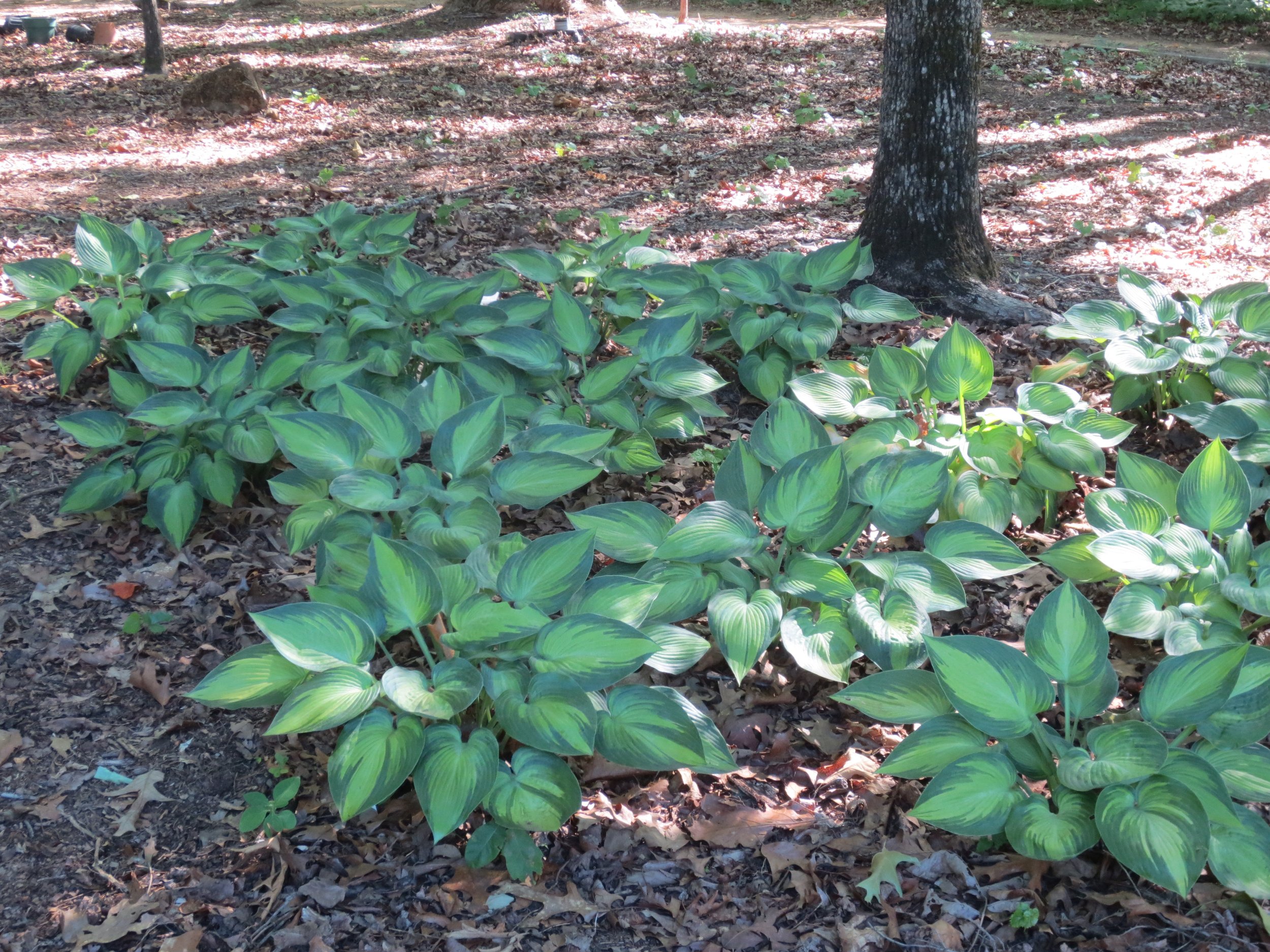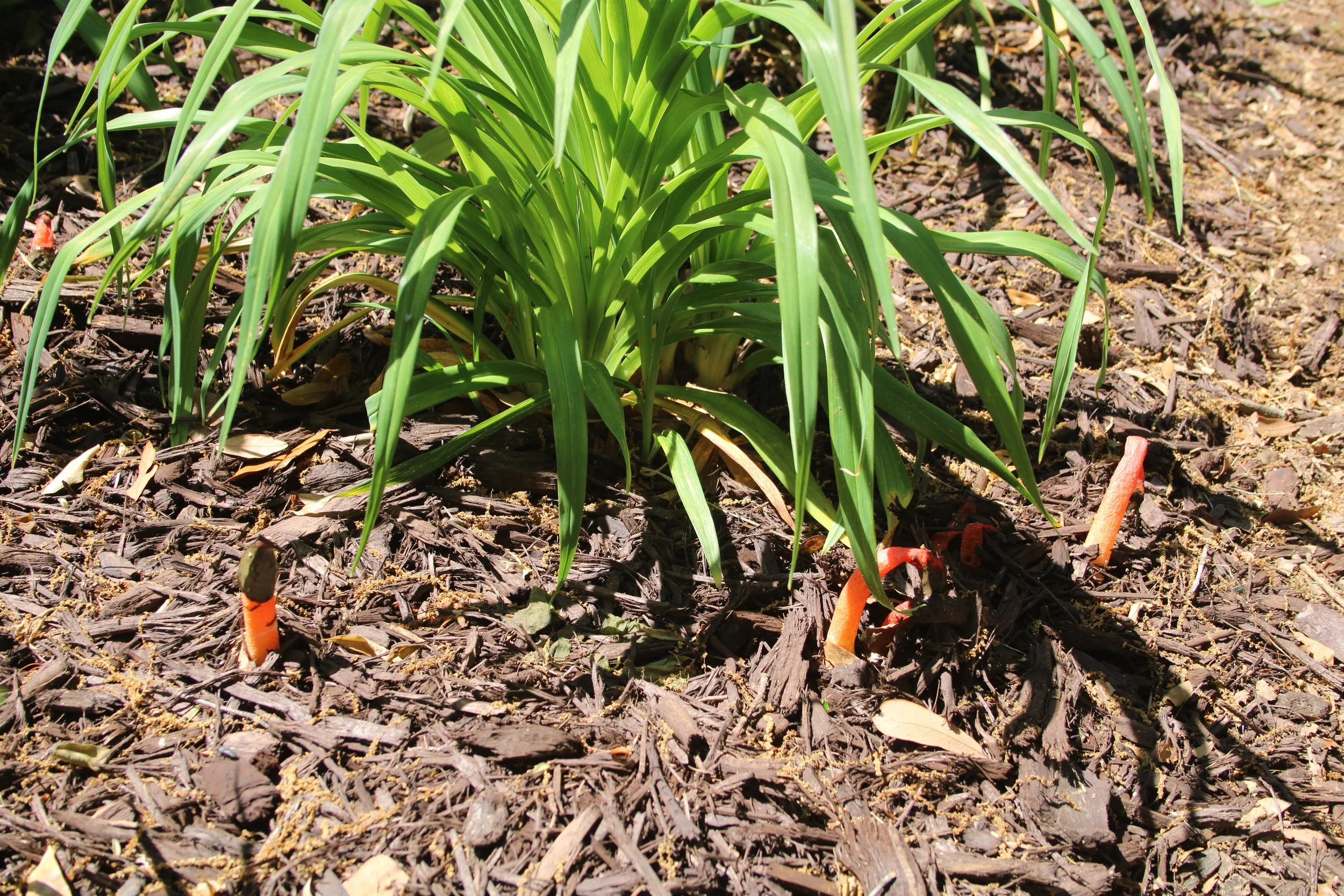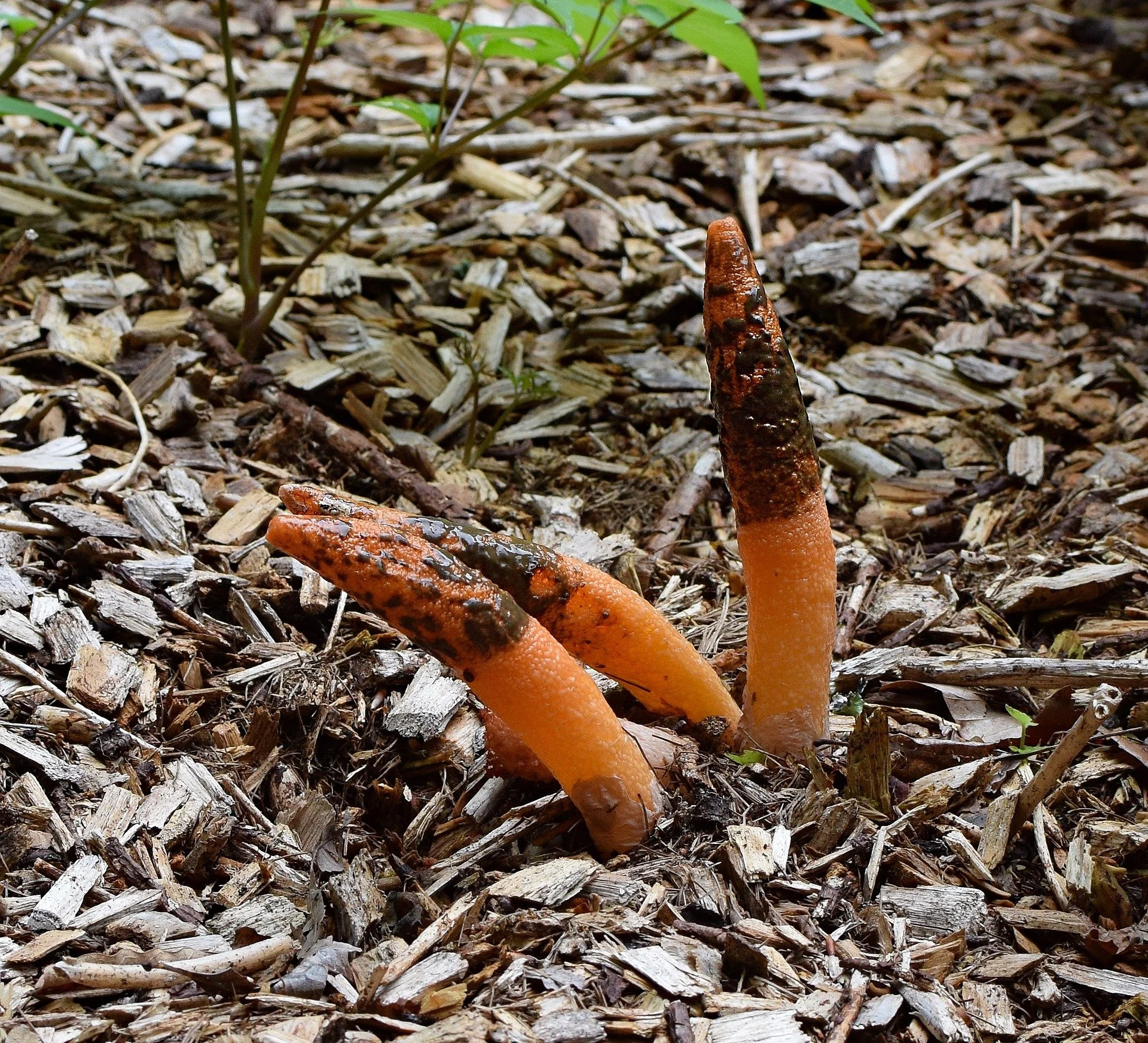The official beginning of autumn fell earlier this week, the autumnal equinox. It was ninety degrees here, so it didn’t feel very fall-like. This day marks the beginning of nights being longer than days. Days get progressively shorter and nights get longer until we reach the winter solstice, when the trend reverses. To gardeners, the autumnal equinox means it is time to stop delaying and order those bulbs that will be planted now for flowers next spring.
Almost every garden can benefit from the addition of spring-flowering bulbs, whether that is “true” bulbs like daffodils and tulips, or corms, tubers, or rhizomes. I have a special appreciation for bulbs because most of them flower very early, before annuals and perennials have started blooming. Those early flowers give me an emotional boost, reminding me that the cold part of the year is reaching an end and that the garden season will soon begin.
If you are new to gardening or if you are trying to help someone develop an interest, bulbs are a good place to start. The majority are low maintenance. Beyond the task of digging the holes and dropping in the bulbs, bulbs don’t demand much except for an occasional sprinkle of lime or fertilizer. When flowering has finished and the foliage has withered to brown, it can be removed. Bulbs then remain dormant until next spring, when they push their foliage and buds through cold soil to bloom again.
Daffodils are easy and reliable, a good place for beginners or black-thumb gardeners to start. They are available with early, mid-season, or late spring flowering period, and a wide variety of flower types. For the best appearance in the garden, start with a large group of just one type (King Alfred daffodils are a sunny yellow, strong grower that you can find in every big box store at very reasonable prices) and plant them in groups. A grouping makes an impact, while dotting them about in ones or twos just makes flowers look sad and lonely. Check the package instructions for ideal planting depths. I use a bulb auger (looks like a giant drill bit) in my cordless drill to dig holes quickly and easily. It can be difficult to visualize the exact underground distance of your hole, so use a piece of colored duct tape on the augur to mark the desired depth. Keep holes a consistent depth so they all flower at the same time.
Happy bulbs will produce offsets. Once these offsets become numerous, the foliage becomes congested and flowering is reduced. This is an indicator that bulbs should be lifted, separated, and replanted. While one should do this separation and replant process while the bulbs are dormant, I have difficulty in locating them when they are without leaves, so I divide mine just as soon as they start showing signs of spring foliage. While this is not the textbook recommendation, it does not appear to have much of a negative impact on flowering.
Daffodils are an easy choice, but tiny little crocus bulbs flower even earlier, occasionally appearing through snow. Remember snow? My part of the southeast hasn’t seen too much of it in the last few years. Crocus bulbs (corms) are small which makes them a breeze to plant, but also means you need more of them to make a visual impact. Other easy choices are Allium (flowering onion), Ipheion (blue star flower), Muscari (grape hyacinths), Gladiolus, and Squill. I love Tulips, but recent southeastern winters have been a little too warm to give them the cold period they need to appear at their best.
It is almost inevitable – Once a new gardener has experienced success with the easy spring bulbs listed above, an appetite follows for expanding to other types of bulbs. There are bulbs that flower in summer, fall, and winter, so find a reliable seller and expand your choices. My favorite source for ordering bulbs is Brent and Becky’s Bulbs, from Gloucester, Virginia (www.brentandbeckysbulbs.com). Some top-notch local nurseries have a wide assortment of bulbs that are priced individually, allowing you to buy the exact number that you want. Just don’t wait too long to purchase. Popular choices may sell out early.
